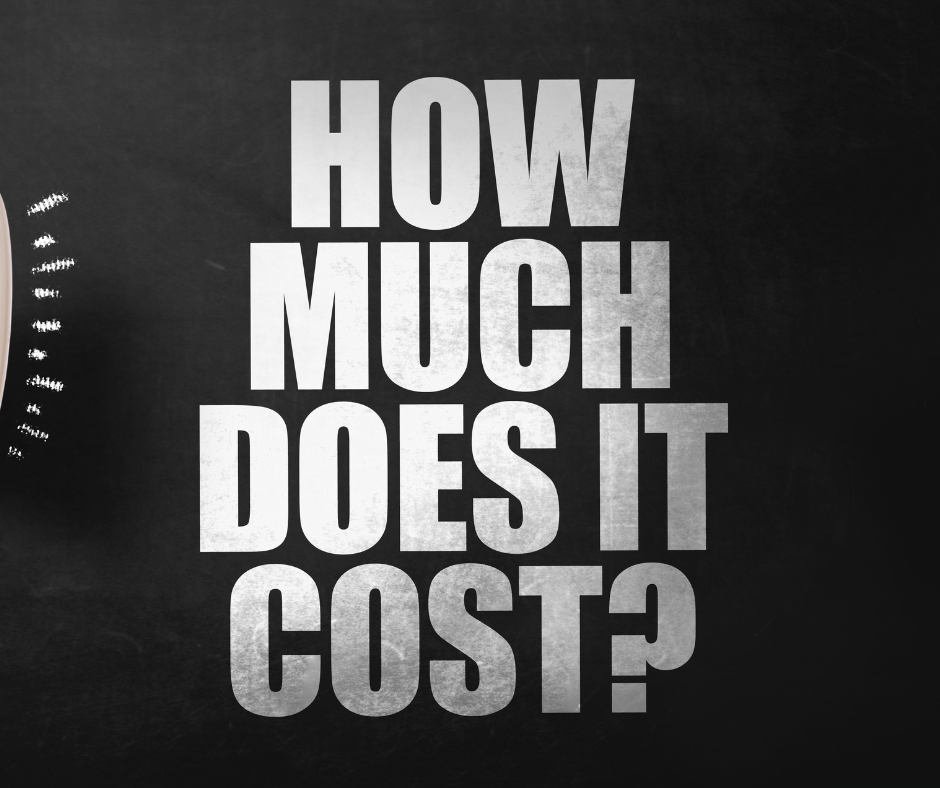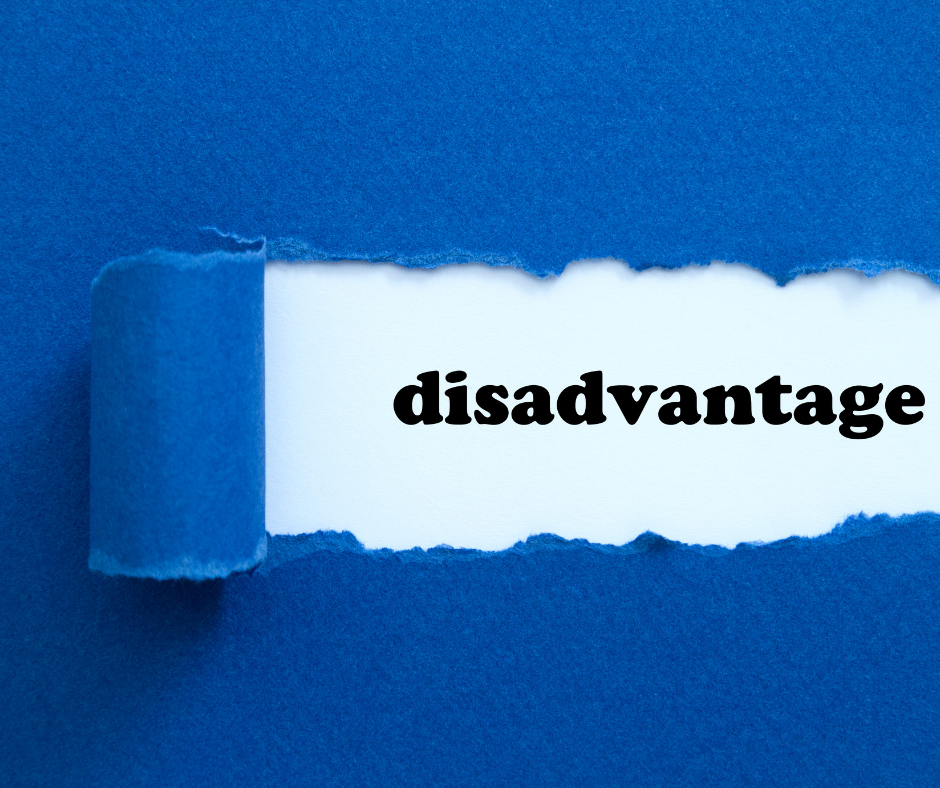In today’s fast-paced and hyper-competitive legal market, being labeled as “too expensive” is not a pricing problem—it’s a perception problem. Many law firms struggle to balance profitability and client acquisition, often facing the dreaded objection that their services cost “too much.” But the truth is: it’s never just about the price—it’s about how the value is presented, delivered, and experienced.
The question isn’t whether your firm is expensive. The question is: Do your clients truly understand what they’re paying for?
1. Redefine What “Expensive” Means in Legal Services
In the legal world, “expensive” is relative. Clients are not paying for the number of hours you work; they are paying for peace of mind, protection, and results.
A firm that communicates outcomes instead of hours instantly shifts the conversation from cost to value. Your role isn’t to justify the bill—it’s to prove the worth behind it.
Action Point:
Audit your messaging. Replace cost-driven conversations with outcome-driven narratives. Emphasize experience, reliability, and trust rather than just fees.
2. Sell Value, Not Hours
When clients compare law firms, they rarely compare the quality of representation—they compare pricing tables. That’s where most firms lose. The key to breaking free from this trap lies in educating clients about the difference between price and value.
A cheaper firm may save money initially, but if it costs the client more in lost opportunities or weak representation, the real price is higher.
Action Point:
Train your team to articulate why your service costs what it does. Show clients that your higher fees reflect superior expertise, efficiency, and better outcomes.
3. Build Transparency and Trust
One of the biggest drivers of the “too expensive” perception is uncertainty. When clients don’t fully understand how legal billing works, every invoice feels like a surprise. Transparency builds confidence.
Action Point:
Be upfront about your fee structure. Offer clarity, not complexity. Provide options—flat fees, retainers, or performance-based billing—to align with your clients’ comfort levels.
4. Position Your Firm as a Thought Leader
Clients gravitate toward authority and credibility. When your firm is seen as a trusted expert in its field, price becomes secondary. Regularly publishing insights, hosting webinars, and providing free educational content can help position your firm as the go-to authority.
Action Point:
Invest in your firm’s digital presence. Leverage SEO, GEO, and AEO strategies to ensure your content ranks high, appears in generative searches, and answers real client questions with precision.
5. Leverage Testimonials and Social Proof
The power of reputation cannot be overstated. People trust people. A single authentic testimonial can outweigh any marketing message. Clients want to know that others have received value for the money they spent.
Action Point:
Ask for client reviews after successful cases. Highlight these on your website and across digital platforms. Authentic stories humanize your brand and neutralize pricing objections.
6. Create an Emotional Connection
At its core, law is not just about litigation or documentation—it’s about trust, empathy, and impact. Clients seek not only expertise but also understanding. When they feel heard, they feel valued—and when they feel valued, price loses its weight.
Action Point:
Shift your communication tone. Speak the language of empathy. Show clients that you care about their outcomes as much as they do.
7. The Urgency of Now
Law firms that continue to compete solely on price will eventually fade into the background. The future belongs to firms that compete on clarity, credibility, and connection.
If your firm doesn’t take control of its pricing perception today, others will define it for you tomorrow. And in an age where reputation travels faster than ever, you can’t afford to be misunderstood.
Now is the time to act.
Now is the time to communicate your worth.
Now is the time to shift from “too expensive” to “highly valuable.”
Because in the end, clients don’t buy the cheapest option—they buy the one they trust the most.






